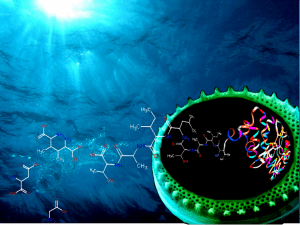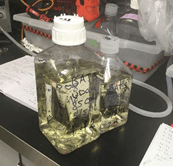McCarthy Lab research centers on developing novel molecular-level organic/isotope tools and approaches to understand major biogeochemical cycles in the sea, and how organic molecules both link and record ocean biological and geochemical processes. A main focus has become organic N compounds and their cycling. Most of our lab’s work is ultimately field based, requiring major oceanographic expeditions for sample collection and often the development of novel/ ultra-large organic sampling approaches in challenging environments!
Current research is centered in four general areas: 1) New molecular-isotope approaches, especially development of compound-specific amino acid isotope tools, 2) Ocean dissolved organic matter, especially dissolved organic nitrogen, 3) Paleoceanography, especially new proxies and archives for the ocean N cycle, and 4) Ocean Ecology, mainly collaborations applying our molecular-isotope tools to understand ecosystem trophic structure and nutrient sources and cycling.
Compound-Specific Amino Acids /Molecular-Isotope Approaches
Compound-specific isotope analysis of amino acids (CSIA-AA) is a rapidly expanding biogeochemical toolset, with applications crossing multiple fields from ocean ecology and food webs, biogeochemical cycle research, paleoceanography, archaeology and paleontology. Based on measuring the stable isotope values of individual amino acids, CSIA-AA can reveal sources of C and N in both biogeogeochemical cycles and food webs, as well as nutrient sources, and δ15N / δ13C values of both modern and ancient ocean primary production, while simultaneously providing precise measures for trophic position and food web connectivity.
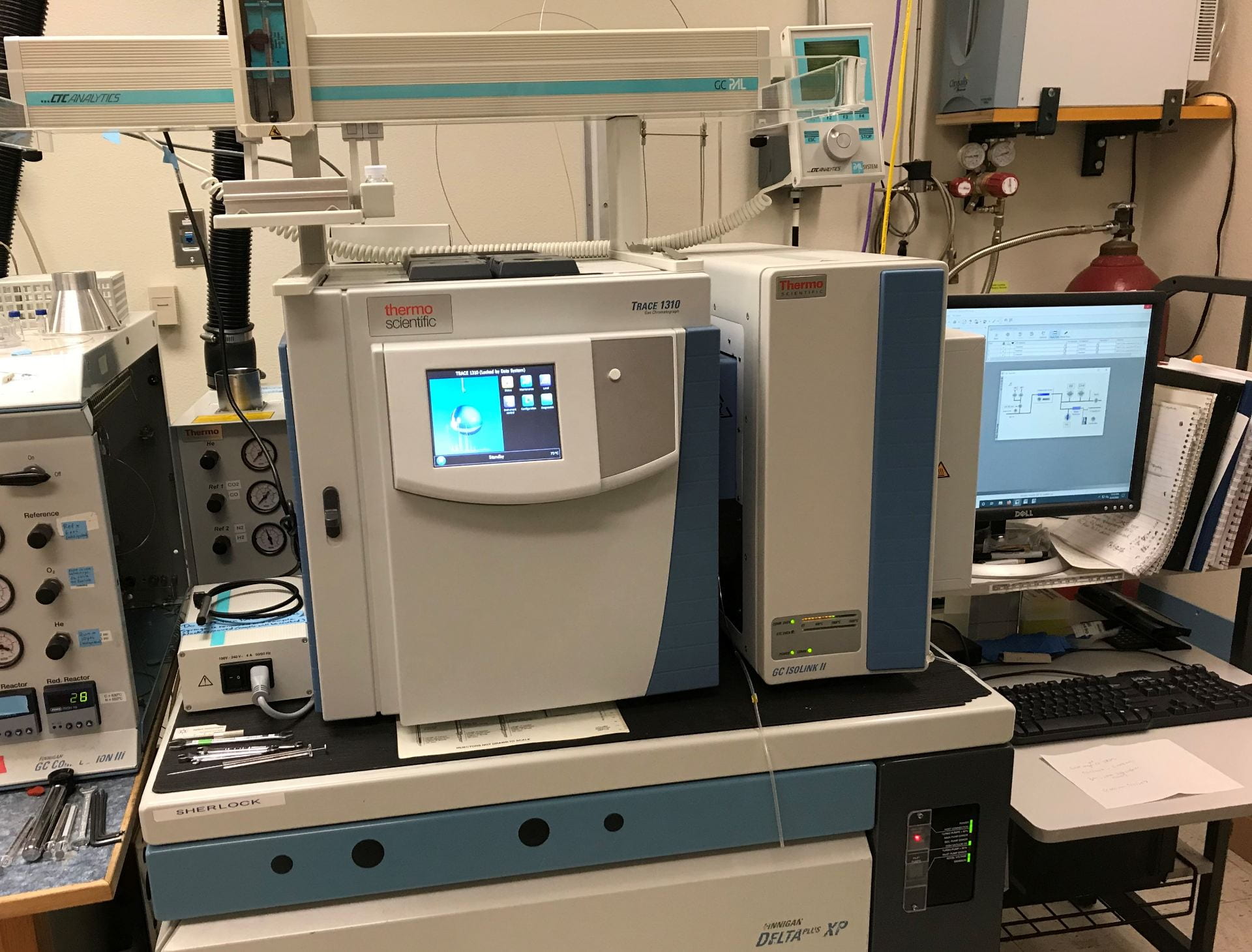
The McCarthy lab is one of the main CSIA-AA labs in the world, routinely making coupled 13C/15N measurements on a wide variety of samples, for both our core projects and within wide-ranging collaborations. A main ongoing research area is refining and developing novel CSIA-AA proxies for use in organic geochemistry, paleoceanography, and collaborative ecology/archaeology research. With a recent NSF-MRI, the UCSC stable isotope laboratory (https://sites.google.com/ucsc.edu/sil) will soon host a total of four compound-specific isotope ratio instruments, including the first high-resolution Orbitrap-GC-IRMS configuration in the world.
Finally, additional amino acid isotope approaches include molecular-level 14C measurements for amino acids and other key bacterial alteration biomarkers. We recently made the first individual molecule- 14C amino acid measurements in DON through the water column, and are now working to expand this approach to specific marker compounds.
Ocean dissolved organic matter (DOM)
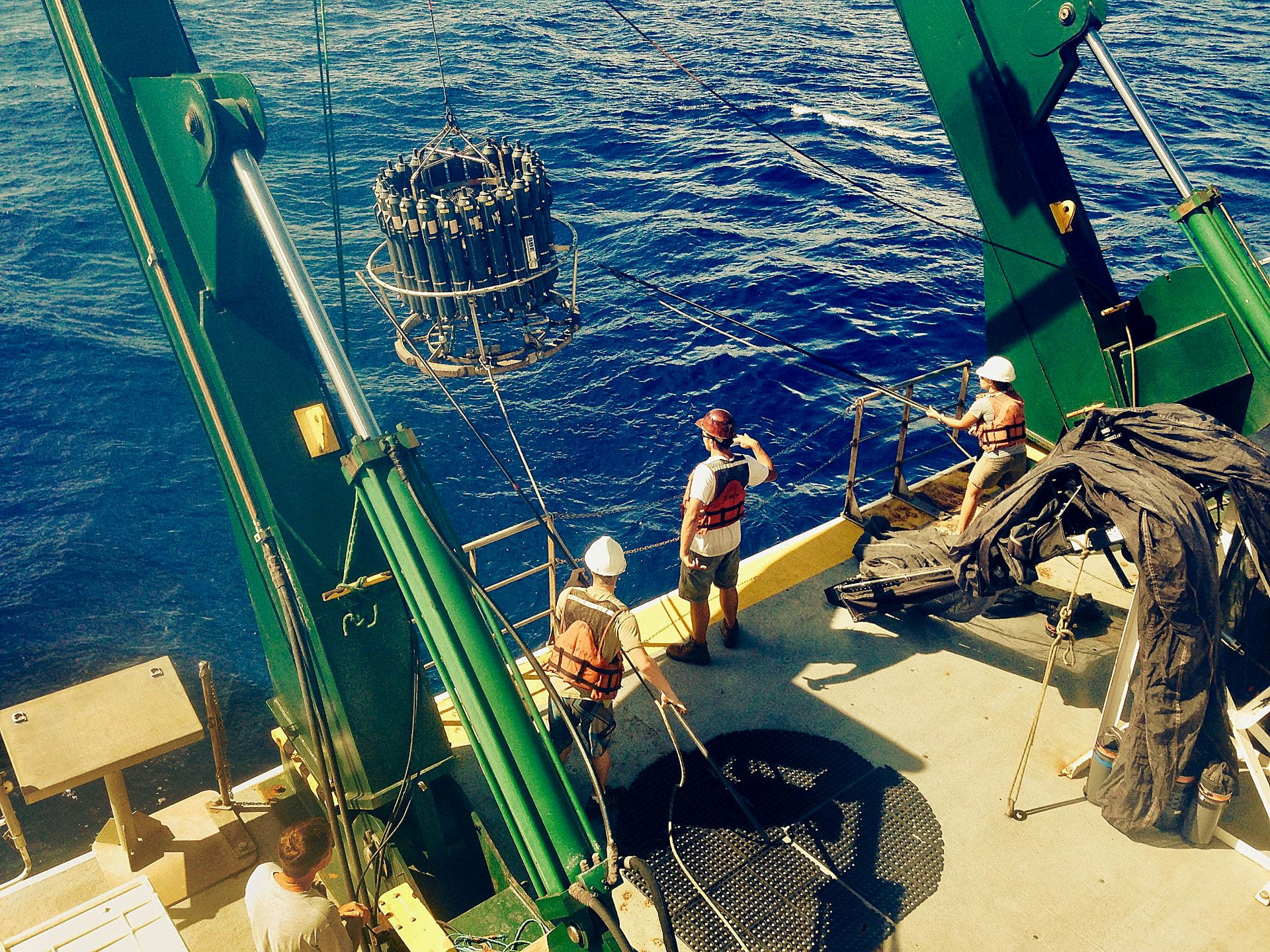
Ocean dissolved organic matter (DOM) is one of the largest active carbon reservoirs on Earth, yet understanding its composition and cycling remains one of key challenges in marine chemistry. Devising new approaches to unravel the biogeochemical cycling of DOM has been a central research focus of the McCarthy lab, in particular understanding sources, structures, and molecular transformations accounting for the enormous and ancient reservoir of compounds preserved in the deep ocean. In recent years, research has focused in particular on dissolved organic nitrogen (DON), a critical but poorly understood component of the ocean’s nitrogen cycle.
Ongoing work in this area focuses on new approaches to understand microbial sources and transformation of DON, as well as its composition and preservation in the deep sea. We are 1) applying novel D14C approaches, including the first individual-compound 14C- measurements, 2) developing new DOM isolation approaches to specifically target the ocean’s oldest, most refractory DON pool, 3) applying CSI-AA to DOM (both d13C and d15N) in conjunction with an 4) entirely newly discovered suite of D-enantiomer AA to investigate microbial sources and alteration, and finally 5) working on novel solid-state 15N NMR approaches, in collaboration with Lawrence Livermore National Labs, to developing new approaches to study the recently discovered heterocyclic N DON component.
Paleoceanography/ Paleo- N Cycles
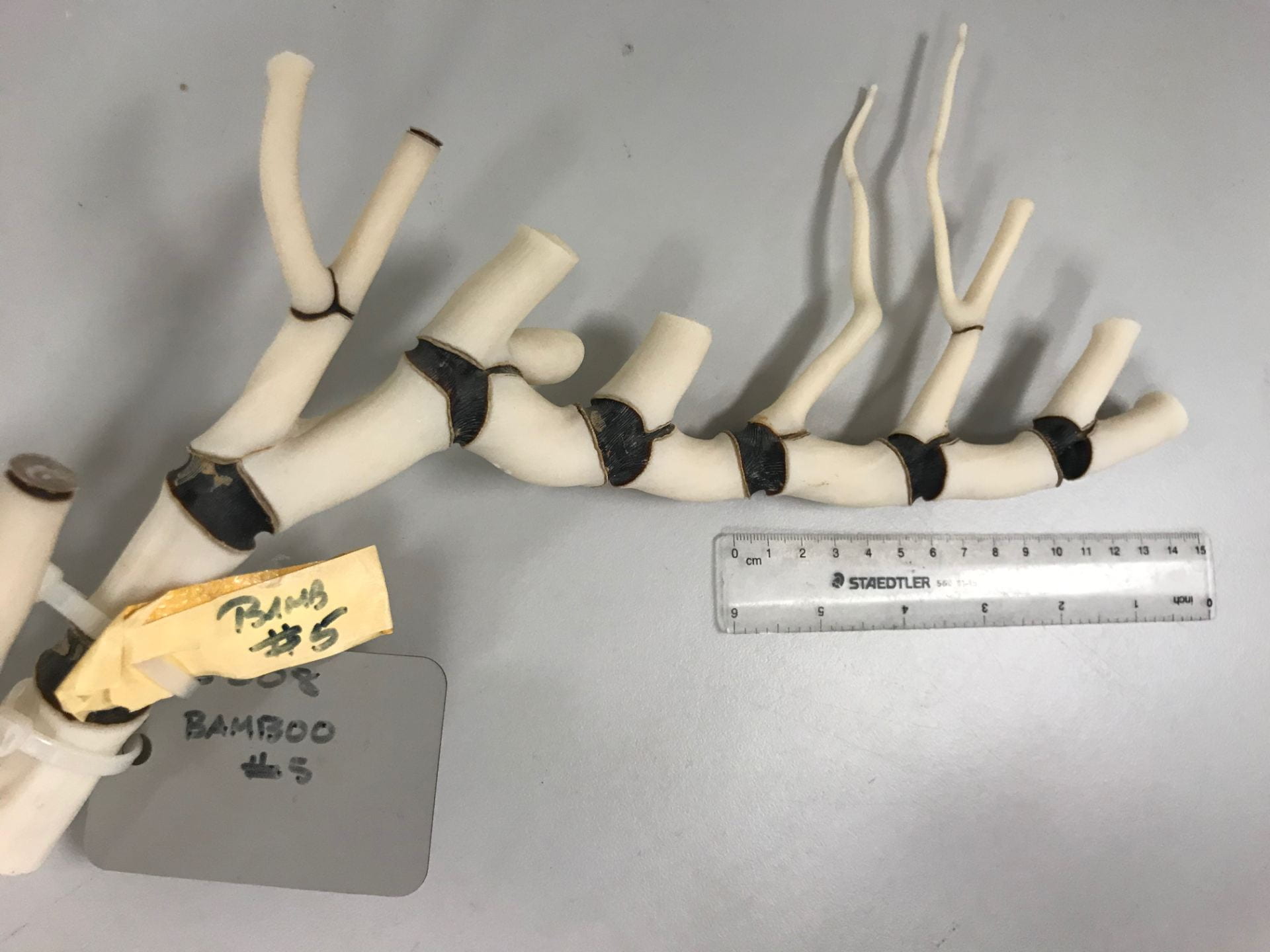 Understanding and reconstructing Earth’s past climate and environments helps us to understand our present-day planet, the changes it has undergone, and how it may respond to unprecedented current warming. The stable isotopes of carbon and nitrogen (13C and 15N) are highly useful proxies for the study of past environments because they are preserved in ancient biomass, providing a potential record of past food webs and biogeochemical cycling.
Understanding and reconstructing Earth’s past climate and environments helps us to understand our present-day planet, the changes it has undergone, and how it may respond to unprecedented current warming. The stable isotopes of carbon and nitrogen (13C and 15N) are highly useful proxies for the study of past environments because they are preserved in ancient biomass, providing a potential record of past food webs and biogeochemical cycling.
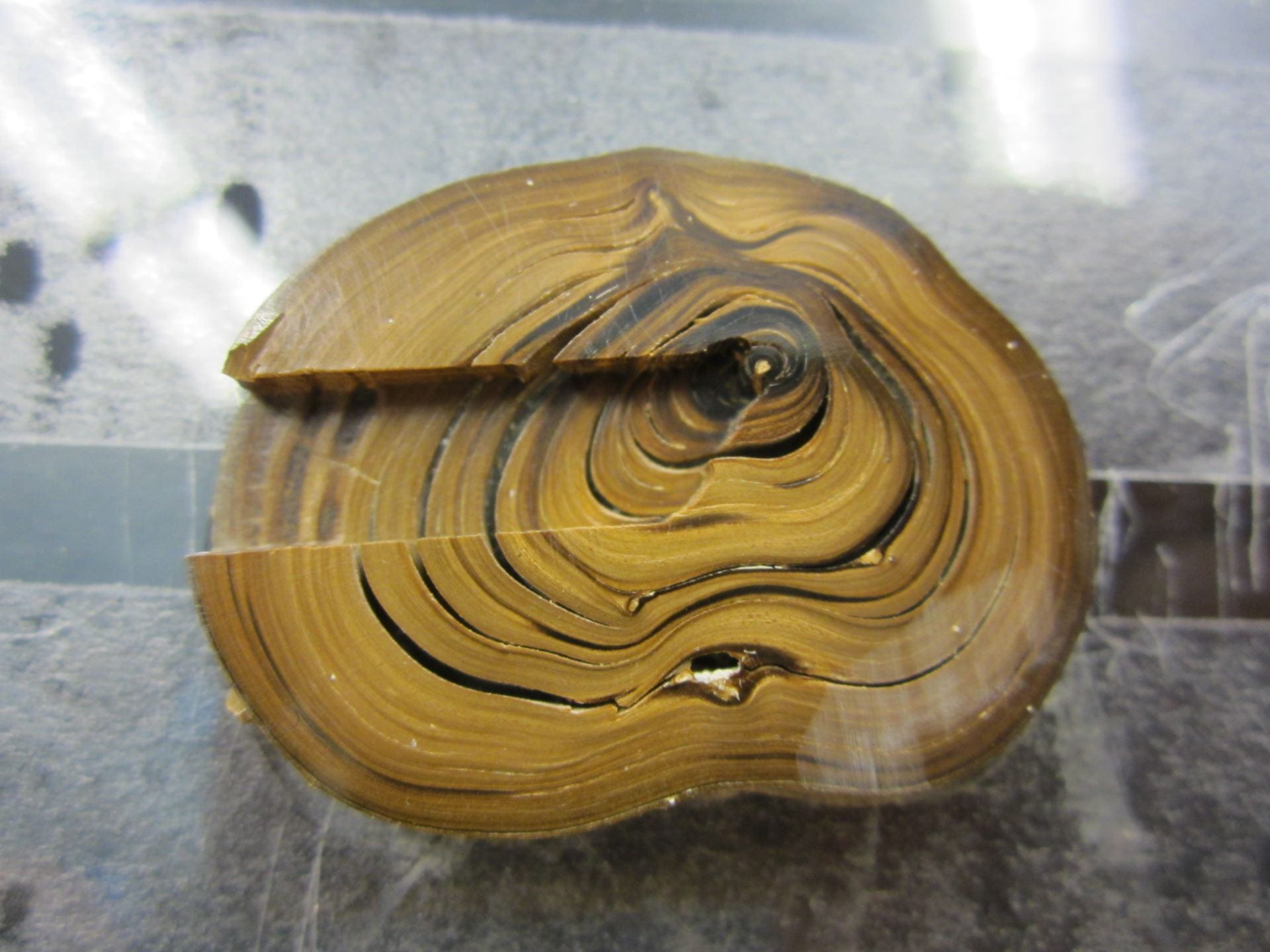 The McCarthy lab in the last decade has focused CSI-AA approaches increasingly on Paleoceanographic projects, in particular developing these tools in deep sea protein corals and sediments. Our ongoing work is both methodological—deciphering how CSI-AA patterns can be interpreted in ancient materials, calibration of records to the surface ocean, and understanding impacts of diagenesis—as well as focused on specific paleoceanographic projects. Ongoing collaborations include using late holocene fossil coral records from the Line Islands in the Central Pacific to investigate equatorial upwelling, ultra-high resolution bamboo coral records to reconstruct N biogeochemical cycles and plankton ecosystems changes during the “Industrial” Age on the CA margin, and using CSI-AA in sediment cores to investigate N cycle changes during the Bolling-Allerod deglaciation period.
The McCarthy lab in the last decade has focused CSI-AA approaches increasingly on Paleoceanographic projects, in particular developing these tools in deep sea protein corals and sediments. Our ongoing work is both methodological—deciphering how CSI-AA patterns can be interpreted in ancient materials, calibration of records to the surface ocean, and understanding impacts of diagenesis—as well as focused on specific paleoceanographic projects. Ongoing collaborations include using late holocene fossil coral records from the Line Islands in the Central Pacific to investigate equatorial upwelling, ultra-high resolution bamboo coral records to reconstruct N biogeochemical cycles and plankton ecosystems changes during the “Industrial” Age on the CA margin, and using CSI-AA in sediment cores to investigate N cycle changes during the Bolling-Allerod deglaciation period.
Collaborative Ocean Ecology/new CSI-AA ecological applications
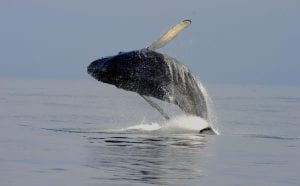 Ocean Ecology collaborations are the last main McCarthy lab focus area. d15N CSI-AA has revolutionized aspects of field ecology, by allowing us to simultaneously measure the precise trophic position of an organism, as well to understand nutrient sources (d15N “baseline”) in its ecosystem. d13C CSI-AA then allows us to reconstruct the main primary production sources supporting an ecosystem. We can make these measurements on any protein-rich biological sample (e.g., feathers, fur, seal whiskers, fish scales, whale blubber etc.), either from living organisms or from museum/ archaeological specimens. This allows us to use CSI-AA to help answer questions about foraging locations, animal diets, population structure, migration, and changes in habitat use, and broader ecosystem structure.
Ocean Ecology collaborations are the last main McCarthy lab focus area. d15N CSI-AA has revolutionized aspects of field ecology, by allowing us to simultaneously measure the precise trophic position of an organism, as well to understand nutrient sources (d15N “baseline”) in its ecosystem. d13C CSI-AA then allows us to reconstruct the main primary production sources supporting an ecosystem. We can make these measurements on any protein-rich biological sample (e.g., feathers, fur, seal whiskers, fish scales, whale blubber etc.), either from living organisms or from museum/ archaeological specimens. This allows us to use CSI-AA to help answer questions about foraging locations, animal diets, population structure, migration, and changes in habitat use, and broader ecosystem structure. 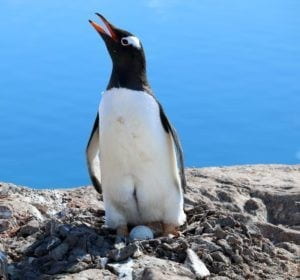
Most ecology projects are collaborations; my main interest is using archived samples to reconstruct past ecosystems and the changing biogeochemical/ nutrient cycles of the ocean Examples of past and ongoing projects include: Smithsonian collections to understand impact of whaling on Blue and Fin Whales (with Ari Friedlander at UCSC, and Aly Fleming, UNMC); Penguin and Krill ecology changes in the Antarctic (with Kelton McMahon, URI); Antarctic ecosystem changes with shifting climate from Seal mummies and archaeological seal fur pelts from early explorers (with Paul Koch and Luis Huckestad).
New CSI-AA directions: Archaeology, Deep Sea Symbiosis, Estuary/Deltas C and N flows and more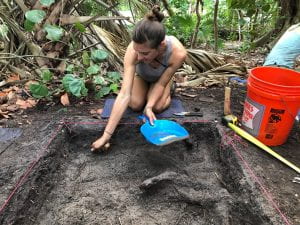
Finally, we continue to push new areas of CSI-AA application and development. Several examples include: Archaeology using CSI-AA on shells to reconstruct past coastal ocean ecology/ biogeochemistry changes precisely at archaeological village sites, using shell midden specimens. A new project starting in 2022 with Torbin Rick and Natasha Vokhshoori at the Smithsonian will focus on the CA channel islands, and how climate and ocean change may have impacted native societies. Studying deep sea chemosynthetic communities with USGS Scientists (Nancy Prouty, Amanda ) has yielded new CSI-AA tools to begin to quantify chemosynthetic symbioses (Vokhshoori et al, 2021). Finally, CSI-AA to understanding changes in C and N flows in Bay and Delta environments (with Brett Tipple, UCSC) has focused on measuring new estuarine plant endmembers, and examining sediment cores for how the SF Bay has shifted since human impacts began.
